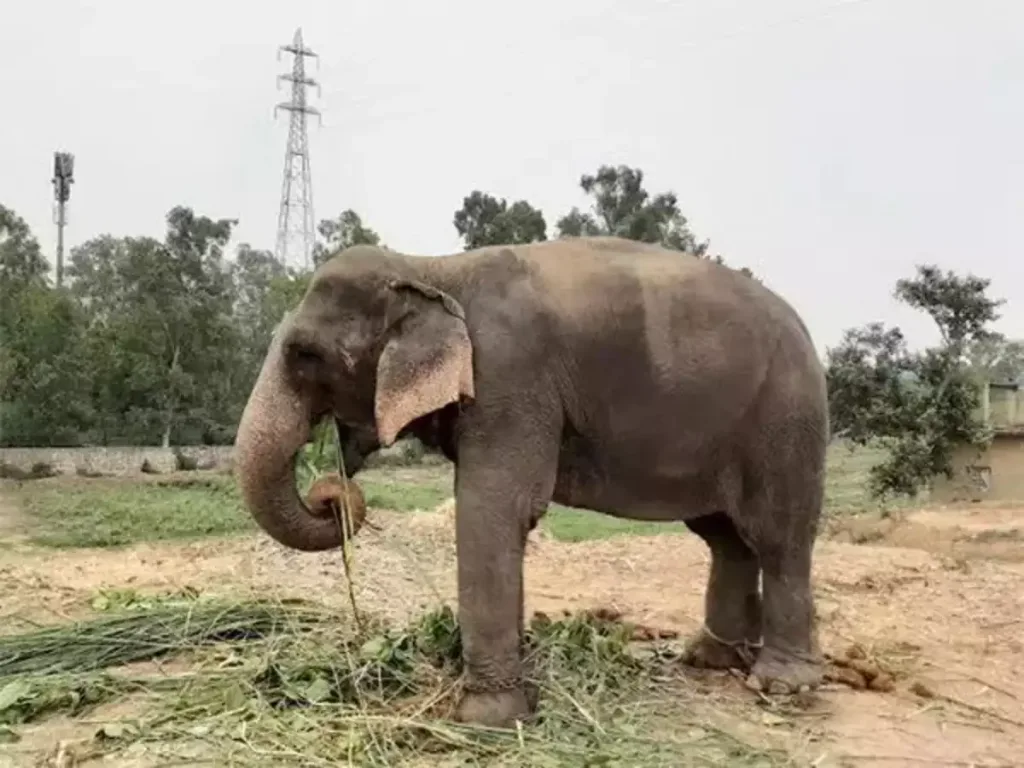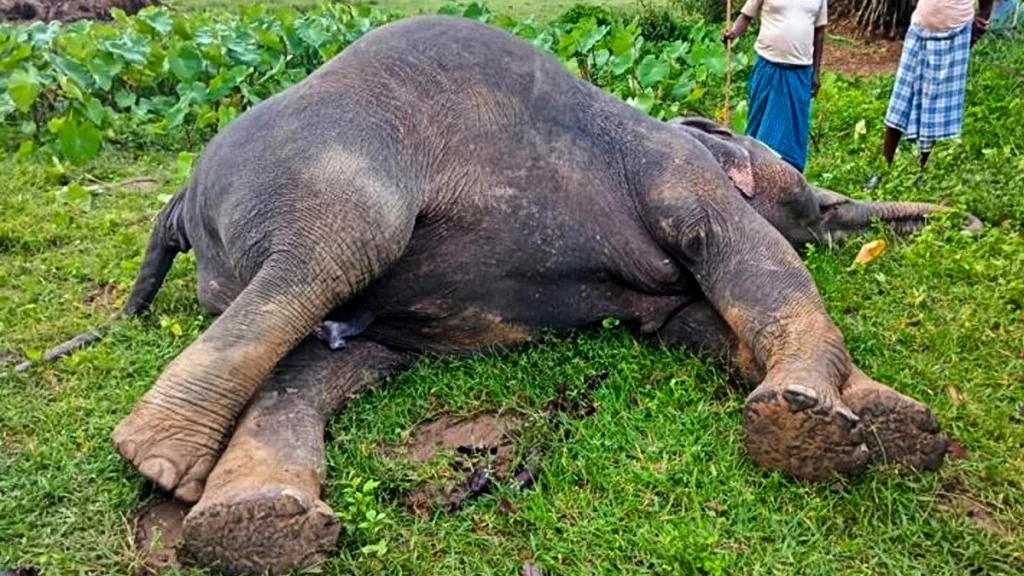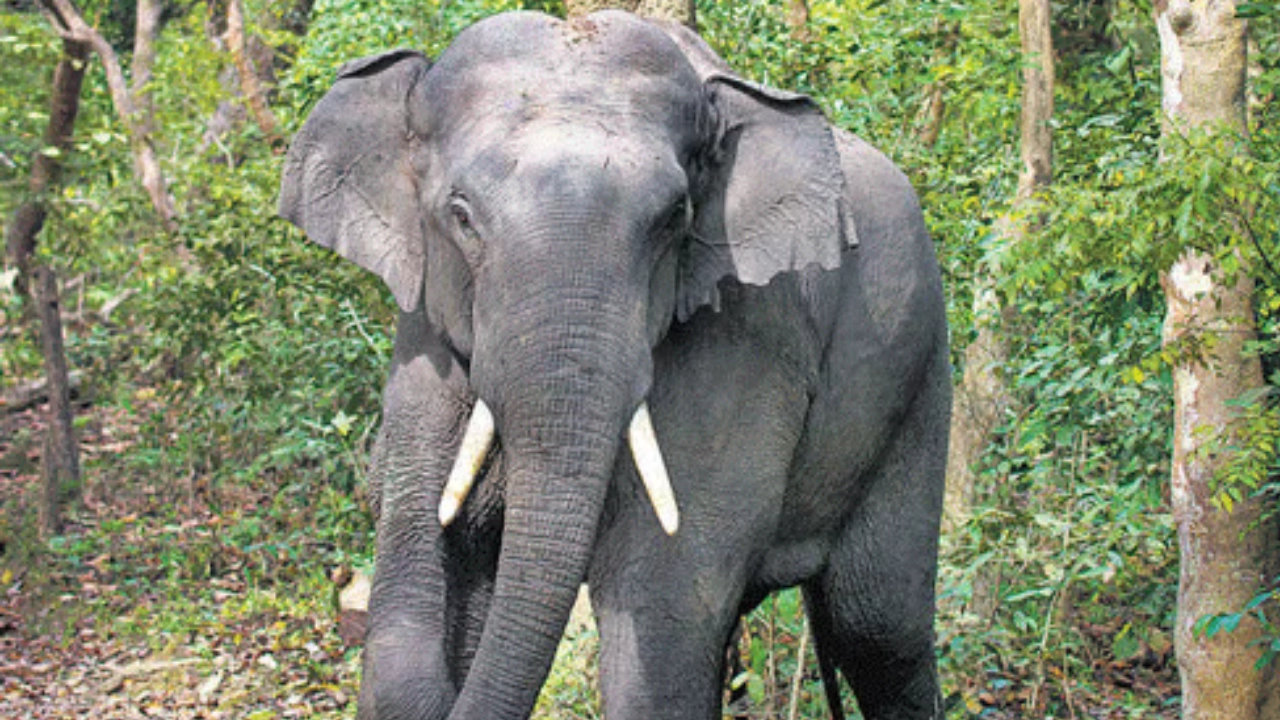A Closer Look at the Elephant Deaths in Bandhavgarh Tiger Reserve
In a tragic incident that has raised significant concerns about wildlife management, ten elephants died in Madhya Pradesh’s Bandhavgarh Tiger Reserve. The deaths have been linked to the consumption of kodo millet, a staple crop in the region. This incident has highlighted the challenges faced by wildlife officials in managing large herds and ensuring the safety of both animals and humans.
Table of Contents
The Incident and Its Aftermath
The deaths of the elephants have prompted a thorough investigation by the Madhya Pradesh government. The review has brought to light several issues, including the alleged negligence of senior wildlife officials. Gaurav Chaudhary, the Conservator of Forests and Field Director at Bandhavgarh, and Fateh Singh Ninama, the Assistant Conservator of Forests, have been suspended for their handling of the crisis. Chaudhary reportedly failed to return from leave during the emergency, while Ninama was criticized for delegating his duties to subordinates.

The Role of Kodo Millet
Kodo millet, a crop widely grown in the region, is speculated to be the cause of the elephant deaths. The elephants are believed to have ingested mycotoxins associated with the millet, leading to their demise. This has raised questions about the safety of crops and the need for better management practices to prevent such incidents in the future.
Government Response and Future Measures
In response to the tragedy, the Madhya Pradesh government has announced several measures to improve wildlife management and prevent similar incidents. These include:
- Formation of an Elephant Task Force: The government is considering forming a specialized task force to strategize and equip forest officials to handle elephant movements effectively.
- Expert Consultation: Plans are underway to bring in experts from states like Kerala, Assam, and Karnataka, where elephant populations are substantial, to advise on best practices.
- Radio Tagging: The government will begin radio tagging lone male elephants to monitor their movements and prevent human-animal conflicts.
- Hathi Mitra Initiative: Efforts will be ramped up to minimize human-animal conflicts through community engagement and awareness programs.
- Solar-Powered Electric Fencing: To deter elephants from approaching kodo millet fields, the government plans to introduce solar-powered electric fencing.
Challenges in Wildlife Management
The incident has underscored the challenges faced by wildlife officials in managing large herds and ensuring the safety of both animals and humans. The lack of resources and timely information has been a significant hurdle, as highlighted by Ninama, who oversees multiple zones with limited staff.

Moving Forward
The Bandhavgarh elephant deaths serve as a wake-up call for improved wildlife management practices. The government’s proactive measures and the involvement of experts from other states are positive steps towards ensuring the safety of both wildlife and local communities. As the investigation continues, it is crucial to address the root causes of such incidents and implement effective strategies to prevent them in the future.
Read More: Air India flight bomb News: Air India Flight Rescheduled to Navigate a Bomb Threat
FAQs
Q1: What is the significance of kodo millet in the Bandhavgarh elephant deaths?
Kodo millet is speculated to be the cause of the elephant deaths due to the presence of mycotoxins. These toxins can be harmful to animals, and the elephants are believed to have ingested them after consuming the millet. This has raised concerns about crop safety and the need for better management practices to prevent such incidents.
Q2: What measures is the government taking to prevent future incidents?
The government is implementing several measures, including forming an elephant task force, consulting with experts from other states, radio tagging lone male elephants, enhancing the Hathi Mitra initiative, and introducing solar-powered electric fencing around kodo millet fields. These steps aim to improve wildlife management and minimize human-animal conflicts.
By addressing these issues and implementing effective strategies, the Madhya Pradesh government aims to prevent future tragedies and ensure the safety of both wildlife and local communities.







